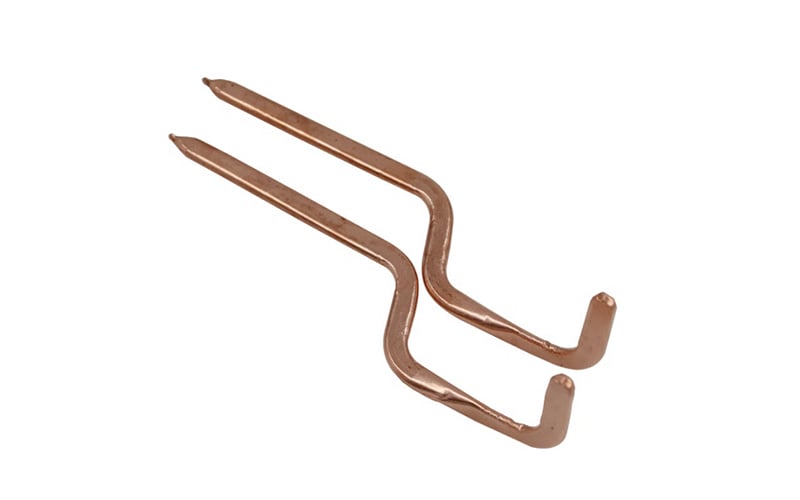Understanding Heat Pipes
Heat pipes are passive two-phase heat transfer devices that are highly effective in managing thermal energy. They are commonly used in various applications such as electronics cooling, aerospace, and HVAC systems.
Factors to Consider When Selecting a Heat Pipe
When choosing a heat pipe for your thermal design, there are several factors to consider. These include the thermal conductivity of the materials, operating temperature range, and the amount of heat that needs to be dissipated.
Thermal Conductivity
The thermal conductivity of the materials used in the heat pipe is a crucial factor to consider. Higher thermal conductivity allows for better heat transfer, resulting in more efficient cooling of the system.
Operating Temperature Range
It is essential to select a heat pipe that can operate within the required temperature range of your system. Choosing a heat pipe with a wider temperature range can provide more flexibility in various applications.
Heat Pipe Size and Shape
The size and shape of the heat pipe will also impact its performance. Larger heat pipes have greater heat transfer capabilities, while the shape of the heat pipe can affect how it fits into the system.
Compatibility with Heat Source and Sink
Ensure that the heat pipe you select is compatible with both the heat source and heat sink in your system. Proper compatibility will ensure optimal heat transfer and overall system performance.
Heat Pipe Wick Structure
The wick structure inside the heat pipe plays a critical role in its operation. Different wick structures have varying capillary pumping capabilities, affecting the heat pipe's efficiency.
Working Fluid Selection
The choice of working fluid in the heat pipe is another important consideration. Different working fluids have varying boiling points and heat transfer properties, so selecting the right one is crucial for optimal performance.
Environmental Considerations
Consider the operating environment of your system when choosing a heat pipe. Factors such as humidity, pressure, and potential contaminants can impact the heat pipe's performance over time.
Cost and Availability
Finally, consider the cost and availability of the heat pipe you choose. Ensure that it fits within your budget constraints and that replacement parts are readily available if needed.

